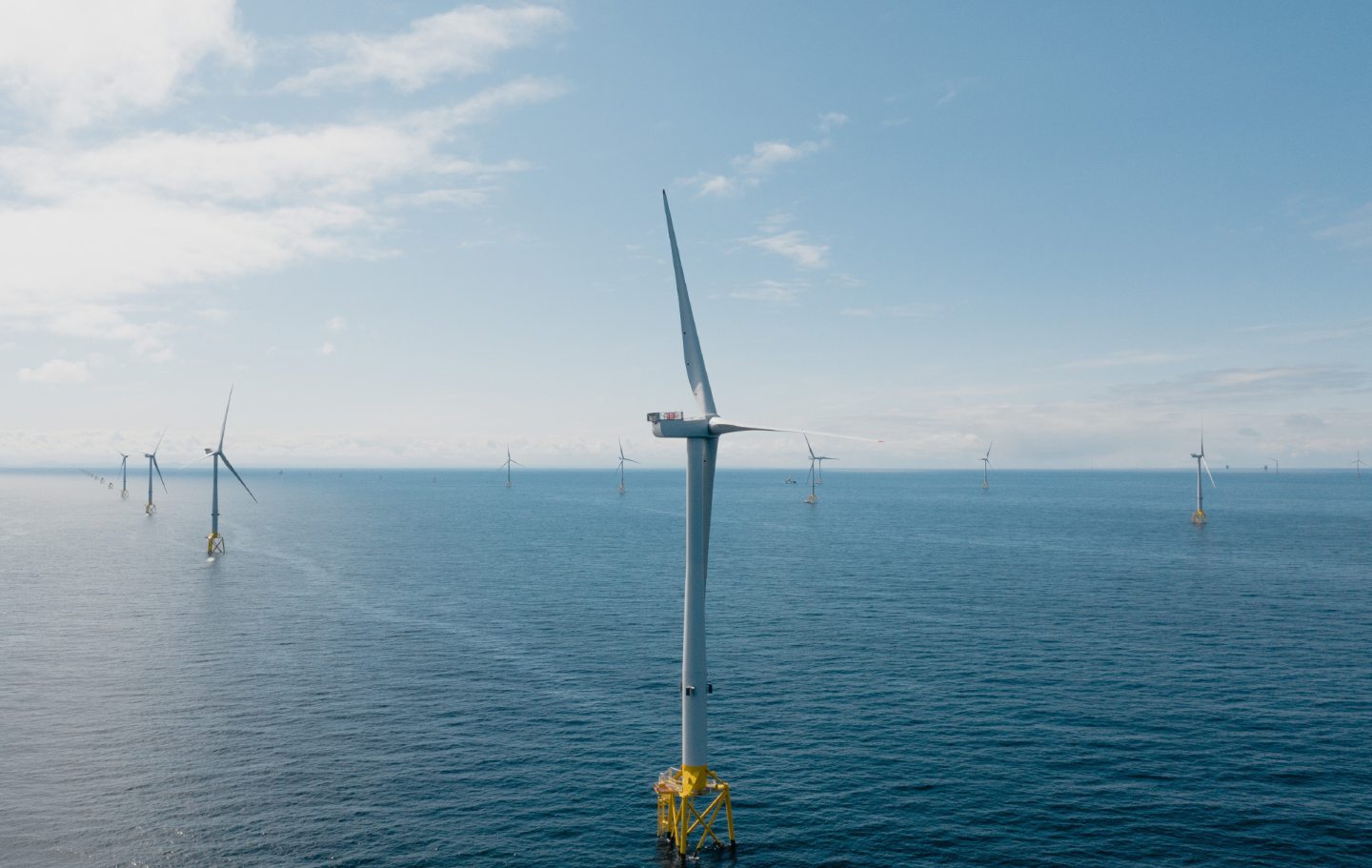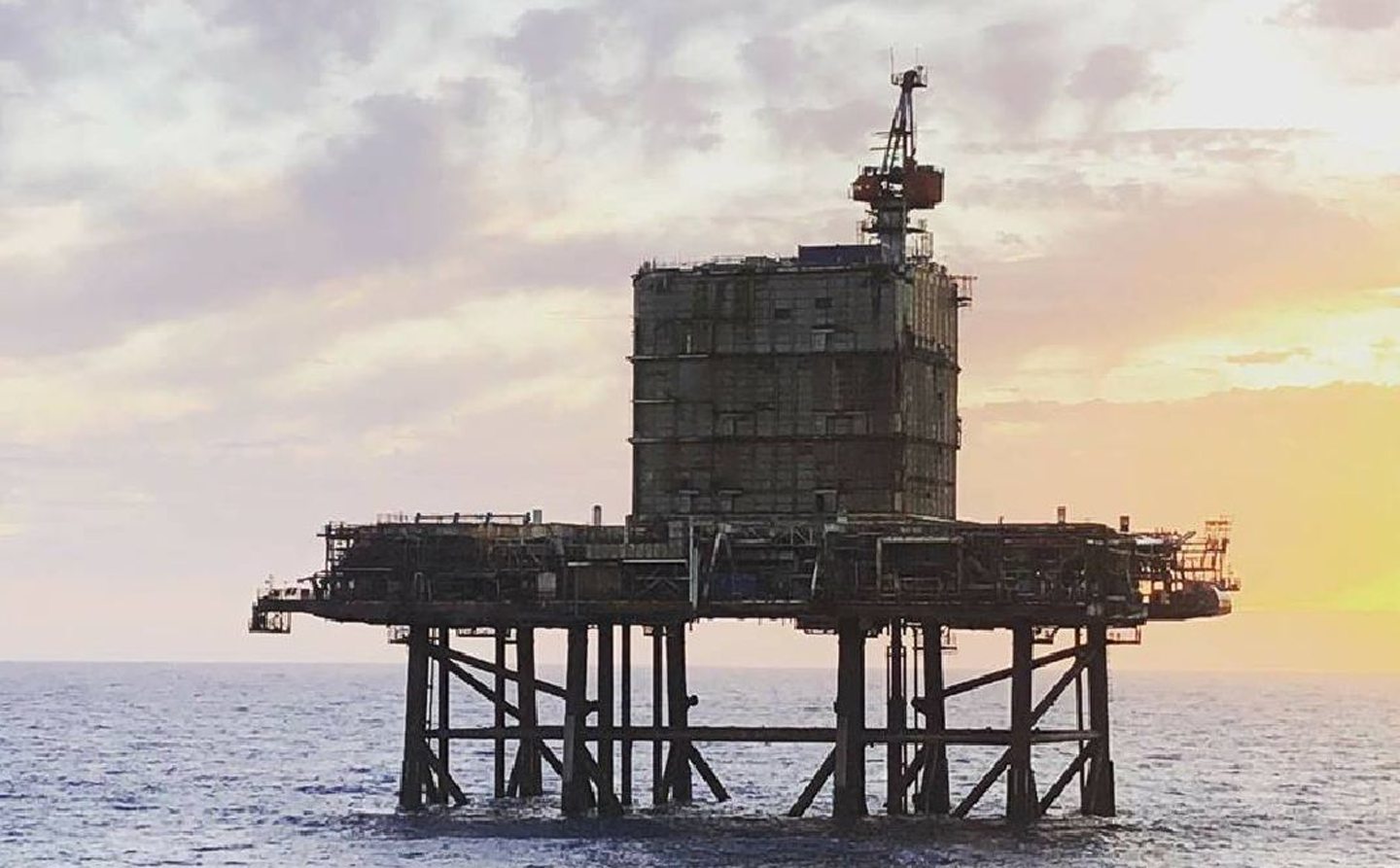
The year 2023 has been a tumultuous one for the UK offshore energy industry.
Substantial volatility in both oil and gas prices has been experienced. This is not unusual, but, despite the recent meeting of OPEC+ the picture for 2024 remains quite uncertain.
The failure to reach a convincing agreement about quotas has left a substantial range of possibilities for oil prices.
Wholesale gas prices have decreased very substantially in 2023, but uncertainty about supplies to meet the peak winter demand in 2024 persist.
Prices in the UK and Europe depend substantially on the interaction of demand from the Far East and supplies from the USA and Qatar over which the UK has little control.
UKCS production
In the UKCS production of both oil and gas declined in 2023.
Together they have produced around 1.23 million barrels of oil equivalent per day.
Capital expenditure on oil and gas has increased in 2023 to reach around £4.8 billion, while operating costs are estimated at £8.7 billion.
These figures incorporate cost inflation which has been a notable feature in 2023. Hopefully in 2024 this problem will subside somewhat.
The North Sea Transition Authority (NSTA) has indicated a slight fall in oil and gas production for 2024 to a combined level of 1.15 million barrels of oil equivalent per day.
The UK’s net import requirements will increase when the projections of consumption produced by the independent Climate Change Committee are set alongside production.
The UK Government has recently produced its reactions to the consultation on the Energy Profits Levy (windfall tax) and has indicated a possible successor scheme.
While this has added something positive to the investment environment the general proposal that a future tax would be based on gross revenues above specified base prices leaves much uncertainty.
Offshore wind
Activity in the UKCS now depends increasingly on offshore wind.
For 2024 Offshore Energies UK has recently projected investment in offshore wind to reach around £7 billion in 2024.
The majority of this will relate to fixed facilities, but, a still significant element relates to floating facilities.
Significant regulatory issues affecting the investment climate remain.
The incentive mechanism for offshore wind based on Contracts for Differences has recently been found to be inadequate in the light of rising construction costs resulting in a lack of bidders.
The Government has now responded with a significant revision to the scheme. This should have a positive effect on the investment climate, though it is not yet clear to what extent investors will positively respond.
Election year 2024
Election year 2024 will see the UK Government pursue policies dominated by the need to enhance security of supply for both oil and gas. Opposition parties are lukewarm on further new licensing and developments.
This will have an effect in investors’ attitudes, as the time from exploration to end of production extends over many years even for relatively small fields.
The rigour by which environmental effects relating particularly to CO2 emissions, but also to, other users of the seabed are assessed can create investment uncertainties.
The recent announcement by the NSTA indicating that significant CO2 emissions could lead to a requirement to produce a plan to cease production is an indicator of current regulatory policy.
But there are other indications of how policy makers are making practical provisions to promote the energy transition.
In the Autumn Statement it was announced that, for projects where oil and gas assets are to be repurposed to implement carbon capture and storage projects, provisions made into a Fund during the life of a project to finance the ultimate decommissioning costs would be tax deductible.
This is an example of a risk-reducing policy measure from the investor’s viewpoint.
Recommended for you

 © Supplied by Shutterstock
© Supplied by Shutterstock © Supplied by Ocean Winds
© Supplied by Ocean Winds © Supplied by BP
© Supplied by BP